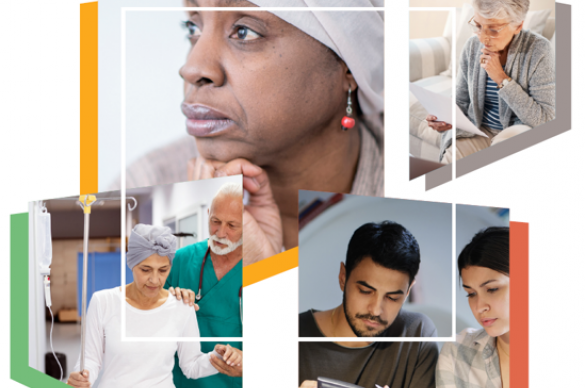Pandemic and Threat to Patient Protections Magnify the "Costs of Cancer"
The true costs of cancer are heavy, they are deep, and they are ultimately unaffordable for many, a challenge further exacerbated by this year’s COVID-19 pandemic and spotlighted by the upcoming Supreme Court case challenging the Affordable Care Act.

